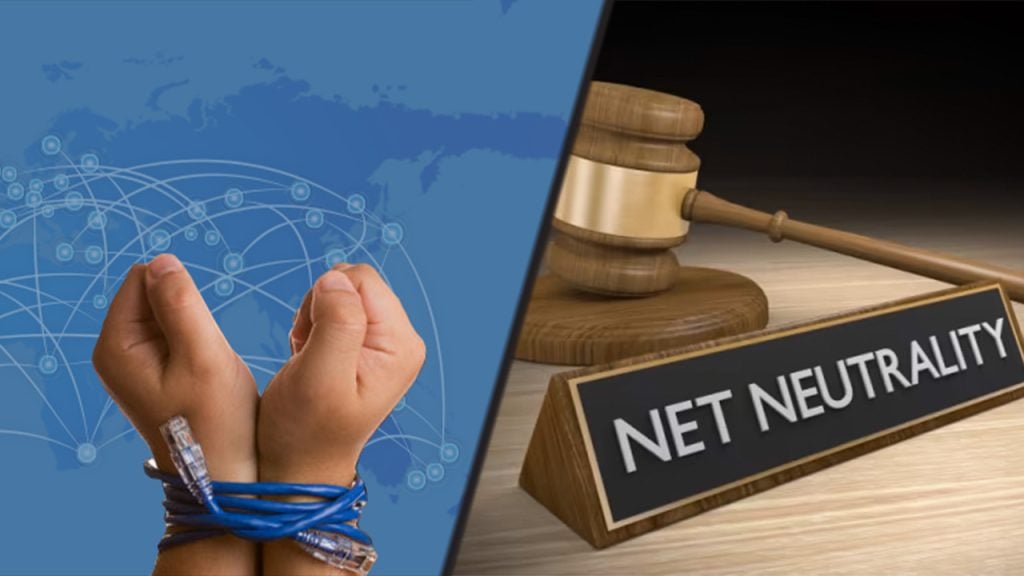Without a doubt, the internet is one of the most significant inventions in human history. Today, from basic communication to the finance sector, almost the entire world operates through the internet. One would think that such an entity should be managed impartially, right? Unfortunately, that’s not exactly the case.
In 2018, the Trump administration repealed net neutrality rules that had been in place since 2015. This decision was met with widespread opposition from internet users, technology companies, and public interest groups. Thankfully, after five years, the Federal Communications Commission finally announced plans to reinstate net neutrality. Here are the details…
The Rise, Fall, and Rebirth of Net Neutrality
For those who may not know, net neutrality is the idea that internet service providers should treat all online data the same. This means they shouldn’t favor, block, or slow down certain websites or services, nor should they charge extra for specific content. Simply put, it’s about ensuring equal access to everything on the internet.

At first glance, it might not seem so bad that ISPs can block certain websites. However, remember that if we start compromising our principles like net neutrality for a few benefits, it could lead to further concessions. Especially, potential misconduct can seriously result in some companies going under. Thankfully, the FCC finally announced plans to reinstate net neutrality.
The FCC has shared its intention to bring back net neutrality regulations. Although the specifics of these rules are still being decided, the commission has expressed its desire to classify broadband internet as a public utility. This would provide the FCC with more control over internet providers.
In the upcoming months, the FCC will vote on a proposal regarding reinstate neutrality. If the proposal passes, the public will have a chance to give their feedback before a final vote is conducted.
RELATED:
- Xiaomi Watch 2 Pro vs Xiaomi Watch S1 Pro: Comparison
- CIA develops advanced AI Chatbot to boost Intelligence Analysis
- French authorities review Apple’s Software update for iPhone 12 amid radiation concerns
- Huawei Solves Apple Vision Pro’s Biggest Problem: Eyes Move With You
- Hong Kong Struggles with Generative AI Amidst Copyrights & Legal Concerns
(via)







